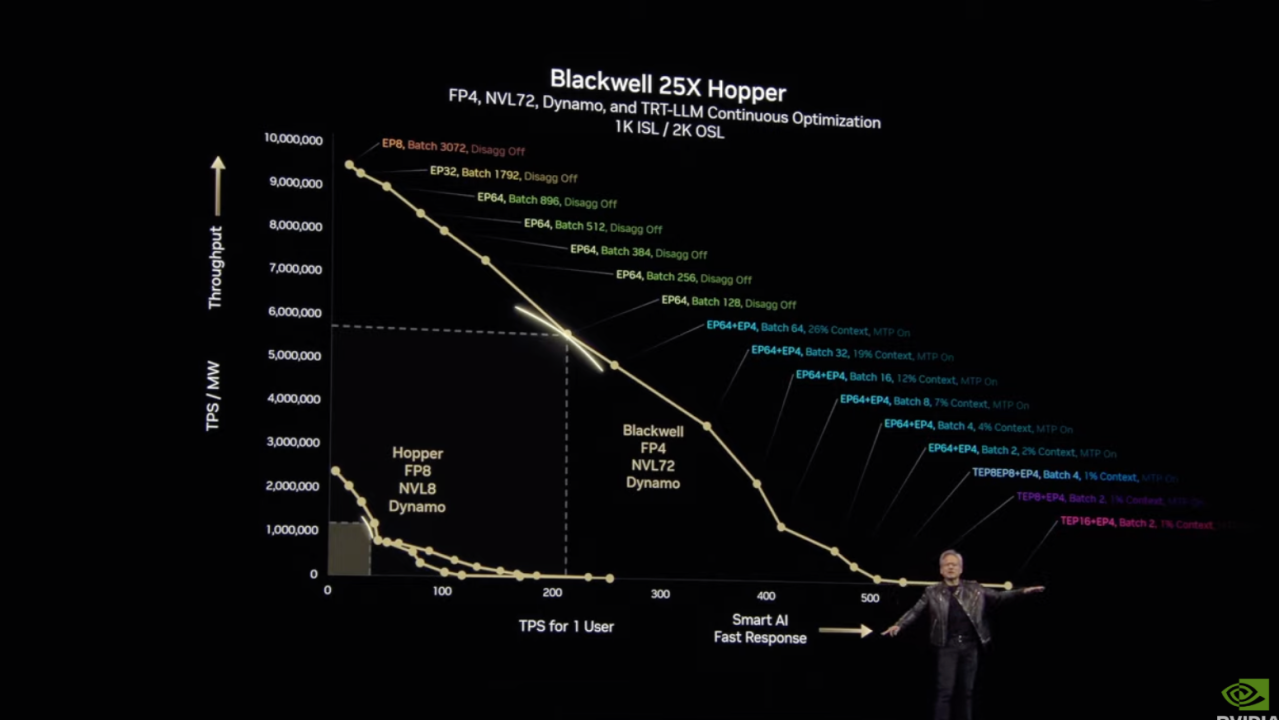
The key takeaways from Nvidia CEO Jensen Huang’s GTC keynote
- 19.03.2025 03:03
- siliconangle.com
- Keywords: AI
Nvidia CEO Jensen Huang highlighted advancements in AI computing at GTC, introducing Blackwell architecture for extreme scale AI, Nvidia Dynamo OS for efficient large-scale inference, and AI Factories replacing traditional data centers. The keynote emphasized the shift to AI-driven enterprises, with breakthroughs in hardware, software, networking, and robotics redefining future computing.